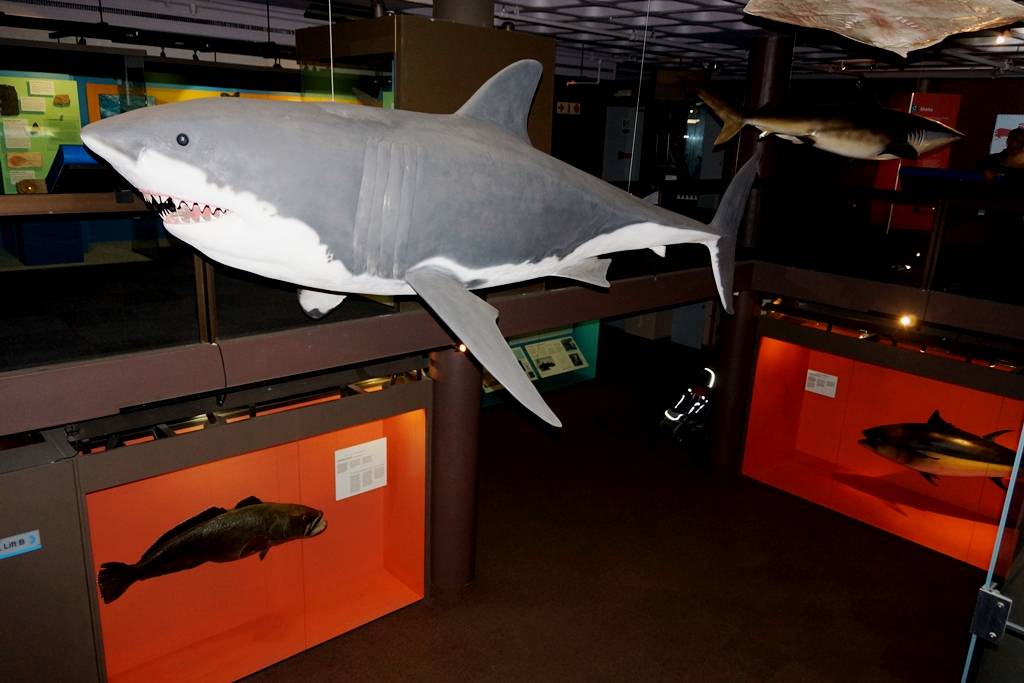Spectacular Historic Cape Town
Days of District 6
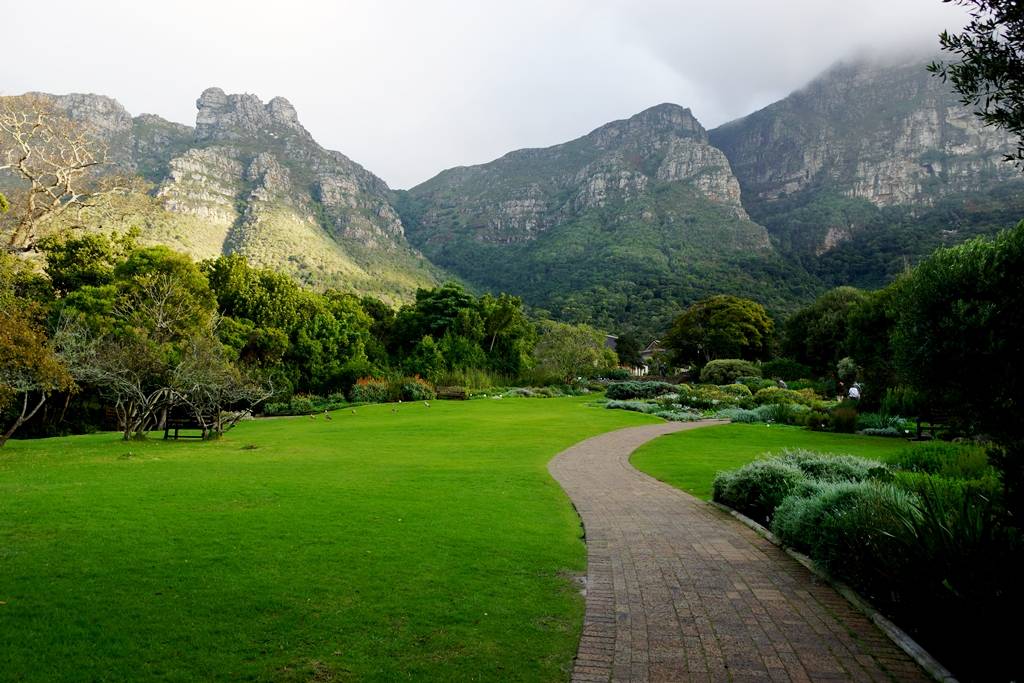 Two museums had a big impact on me on my last day in Cape Town. The District 6 Museum and the National Gallery - for very different reasons.
Two museums had a big impact on me on my last day in Cape Town. The District 6 Museum and the National Gallery - for very different reasons.
The initial itinerary was for a hike and a picnic, but the weather didn't allow for it, so to begin our day Ishmael took me to Kirstenbosch, the National Botanical Garden. We arrived at 8:52am, 102 years after the Garden had been founded.
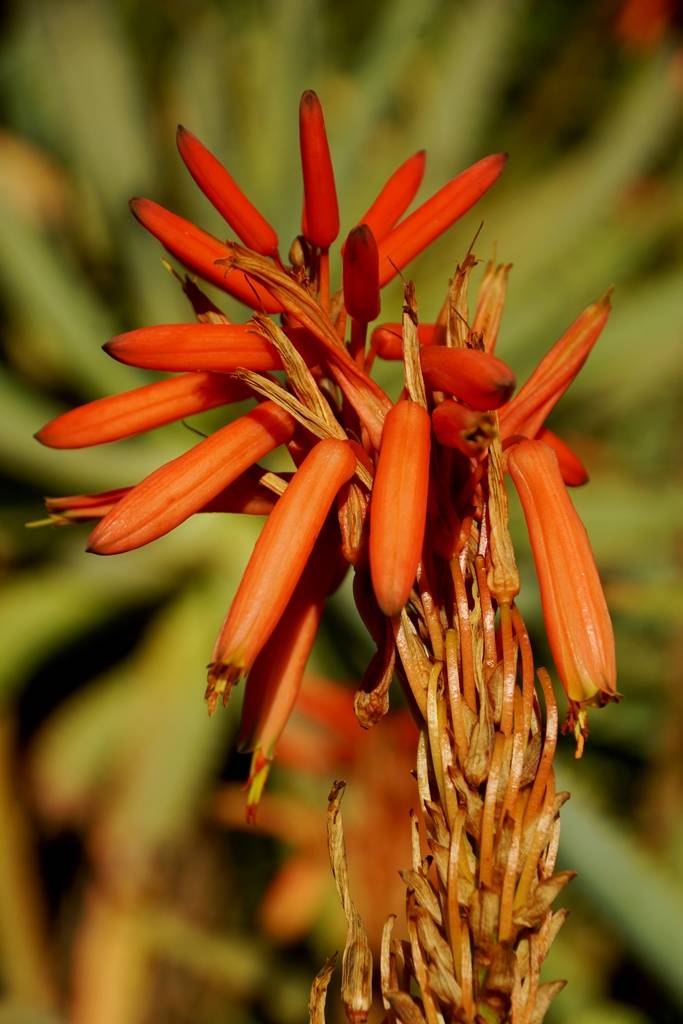 The distinct difference of this garden - in addition to the unique plants that are found here that are found nowhere else - is that Table Mountain rises and dominates the landscape. You are always conscious that it is there. Even as thick cloud swirled around the top. In its brochure Kirstenbosch asks: "Why is a botanical garden more than just a park?" Answer: "Botanical gardens are living museums. They contain collections of plants that are used for display, scientific research and education, and play a vital role in the conservation of plant biodiversity."
The distinct difference of this garden - in addition to the unique plants that are found here that are found nowhere else - is that Table Mountain rises and dominates the landscape. You are always conscious that it is there. Even as thick cloud swirled around the top. In its brochure Kirstenbosch asks: "Why is a botanical garden more than just a park?" Answer: "Botanical gardens are living museums. They contain collections of plants that are used for display, scientific research and education, and play a vital role in the conservation of plant biodiversity."
At Kirstenbosch, considered one of the great botanical gardens of the world, the preservation of its history is apparent with monuments and displays. It was also part of Ishmael's history as his father had worked in Kirstenbosch. It was a crisp morning that was warmed by a few small groups who were enjoying the garden. Ishmael and I did the Tree Top Walk, eschewing a walk to the top of Table Mountain that would take two to two and half hours.
We returned to the city to the District 6 Museum. At first the building and the interior don't make a great impression, but as you learn its purpose in preserving the history of the city and the country it makes a strong impression.

Ishmael made an effort to ensure I had a guide. Noor Ebrahim, a museum staff member and a former resident of District 6, illuminated the meaning of the pictures, the maps, the writings, the artefacts and the stories of the people who had lived there. "We started the museum in 1994 because we wanted people to understand what had happened here. Today's children don't know what we went through. During the apartheid era millions and millions of people were removed from their homes because of the colour of their skin."
Near the entrance is a map of District 6 on the floor. Former residence have written on the map where they lived and made comments. There is a collection of 120 street signs that a
District 6's history goes back to before 1867 when it was named the Sixth Municipal District of Cape Town. "It was a mixed community of freed slaves, merchants, artisans, labourers and immigrants, District 6 was a vibrant centre with close links to the city and the port. "It was a great place to live because there were great restaurants and there was music in the streets. District 6 was very
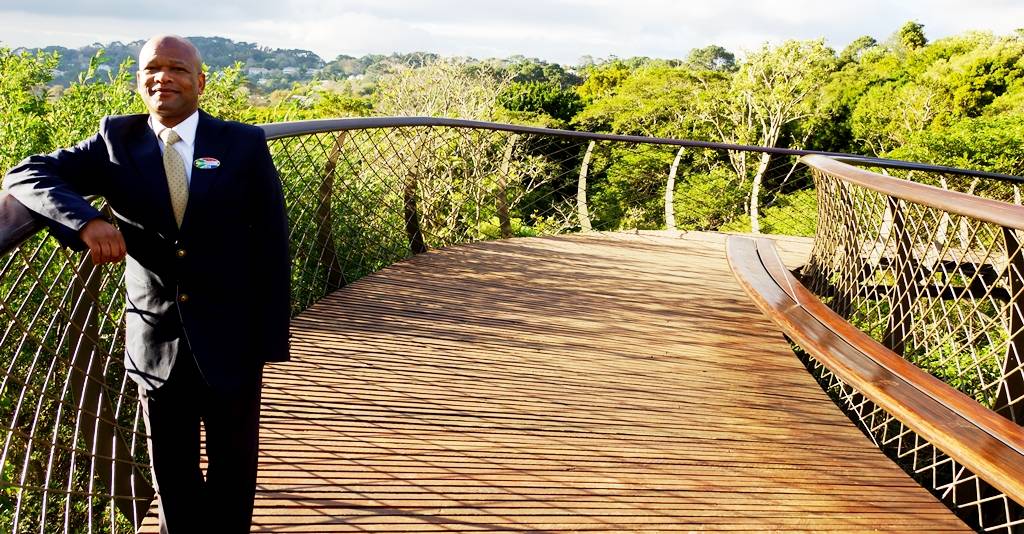 cosmopolitan where Portuguese, Chinese, Blacks, Christians and Jews lived together. We were one big happy family - and the apartheid government didn't like that. People of mixed races couldn't live happily together!"
cosmopolitan where Portuguese, Chinese, Blacks, Christians and Jews lived together. We were one big happy family - and the apartheid government didn't like that. People of mixed races couldn't live happily together!"
"On February 11, 1966 it was declared a white area under the Group Areas Act of 1950, and by 1982, the life of the community was over. They separated friends and even families. More than 60,000 people were forcibly removed to barren outlying areas aptly known as the Cape Flats, and the bulldozers were moved in to flatten houses."
"A 'Coloured' man was moved to one area and his wife and children were moved to the Black Township. He had to go to the police to get a permit to visit his own family." The museum does what many museums don't - it makes 'history' personal. It is not just about events, it is how those actions affected people - how they destroyed lives.
When asked Noor replied, "Things are better now, but we still have a long way to go."
'W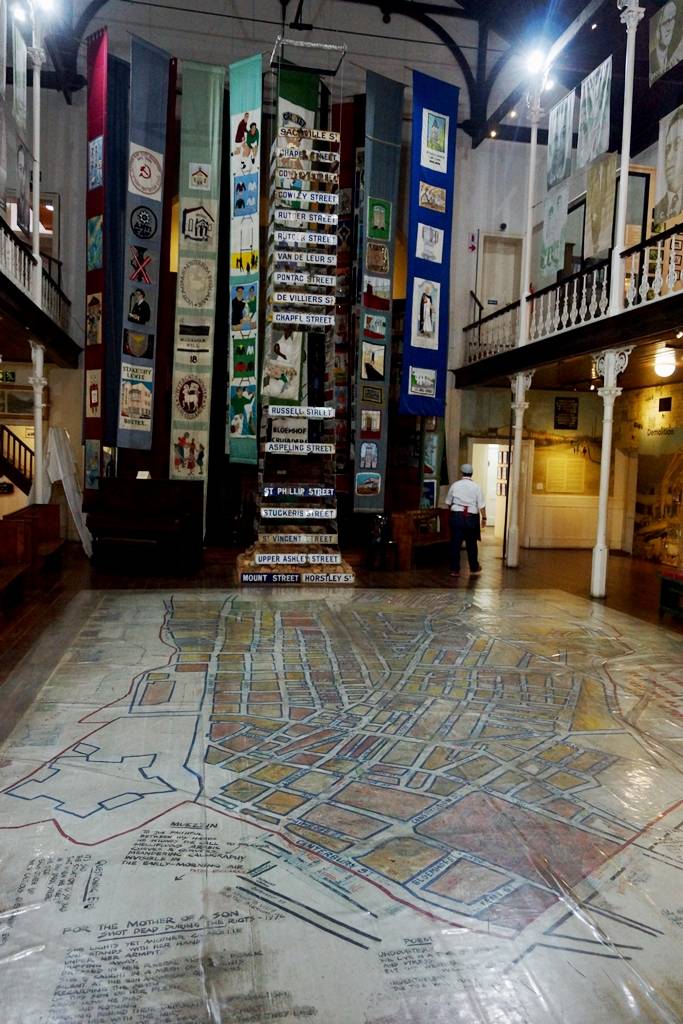
 e still have a long way to go' was a phrase I heard many times when I was in South Africa.
e still have a long way to go' was a phrase I heard many times when I was in South Africa.
We didn't have a long way to go to our next stop, the South African Museum. this is where you go when you want to learn the natural history of the country, but currently there are two exhibitions running into September that might be of interest: 'Natures Best Photography Africa' and 'Tata Madiba: Father of our Democracy, Father of our Nation', honouring the legacy of Nelson Mandela. What I saw was 'Marine Exhibits, World of Water' 'Shark World' 'Whales and Dolphins' and 'Living Coelacanth'.
Ishmael and I walked over to the National Gallery, which we both found a bit disappointing, and I found somewhat disturbing. There is a small collection of not very interesting pictures in the main gallery and at one end a collection of mutant sculptures by Jane Alexander called Butcher Boys. The figures had disfigured faces and horns. It certainly fit with her previous exhibitions with her theme of alienation.
Even more alienating and disturbing was The Refusal of Time, 2012 a "Five-channel video with sound, 30 minutes long, with megaphones and a breathing machine, conceived by William Kentridge. I found it so grating I just had to get away from it.
We had a bit of time before my lunch meeting with Sarah Prins, Public Relations Manager so Ishmael drove me past the Cape Malay Flats then down to the coast where I could see Robben Island in the distance.
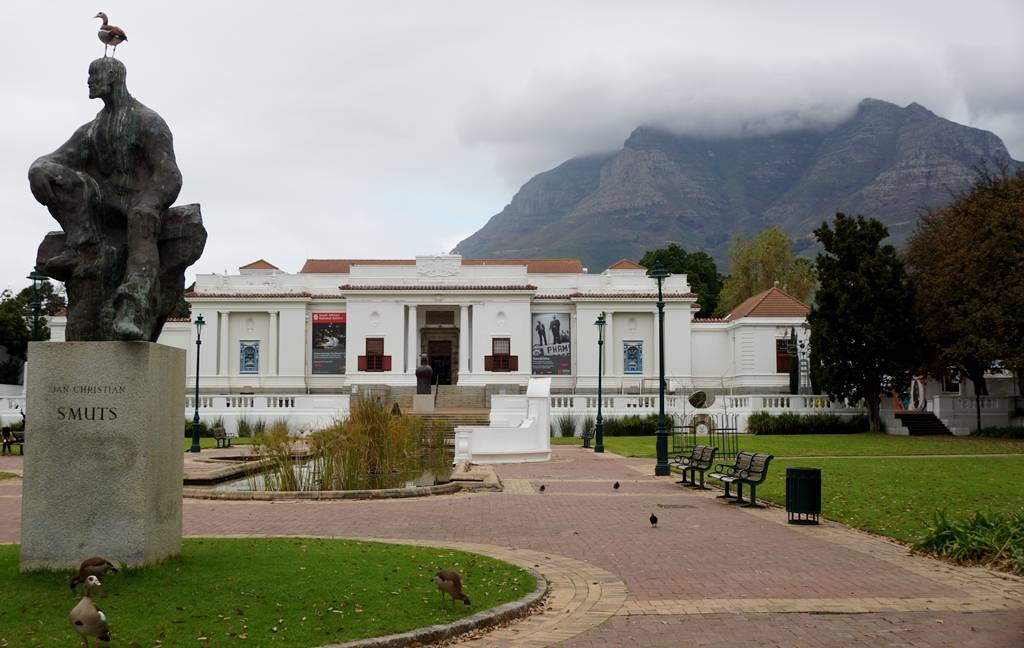 Waiting for Sarah, Nina came by and I caught her up on my day. "I've just got one thing left to do," I told her. "I want to buy an oversized mug, that has some style, some panache. I often have a cup of soup for lunch and most cups are not quite big enough."
Waiting for Sarah, Nina came by and I caught her up on my day. "I've just got one thing left to do," I told her. "I want to buy an oversized mug, that has some style, some panache. I often have a cup of soup for lunch and most cups are not quite big enough."
When Sarah arrived we went next door to the Victoria & Albert Centre to Willoughby & Co, a Japanese restaurant that is very popular and difficult to get a seat in. Over a glass of white wine - two for me, a small one for Sarah, we had a long conversation covering many topics.
I only had to get on an airplane in four hours, I only had to enjoy an excellent glass of white wine and conversation with a charming lady with long experience in the hospitality industry.
After the most enjoyable lunch with Sarah I went off to buy the cup I thought I wanted. A second look and none of them appealed to me. I returned to my room empty-handed. There on my bed was a gift bag with a mug with the images of the Big 5 Animals of Africa on it. As I write this I am drinking my morning cup of coffee from it.
But l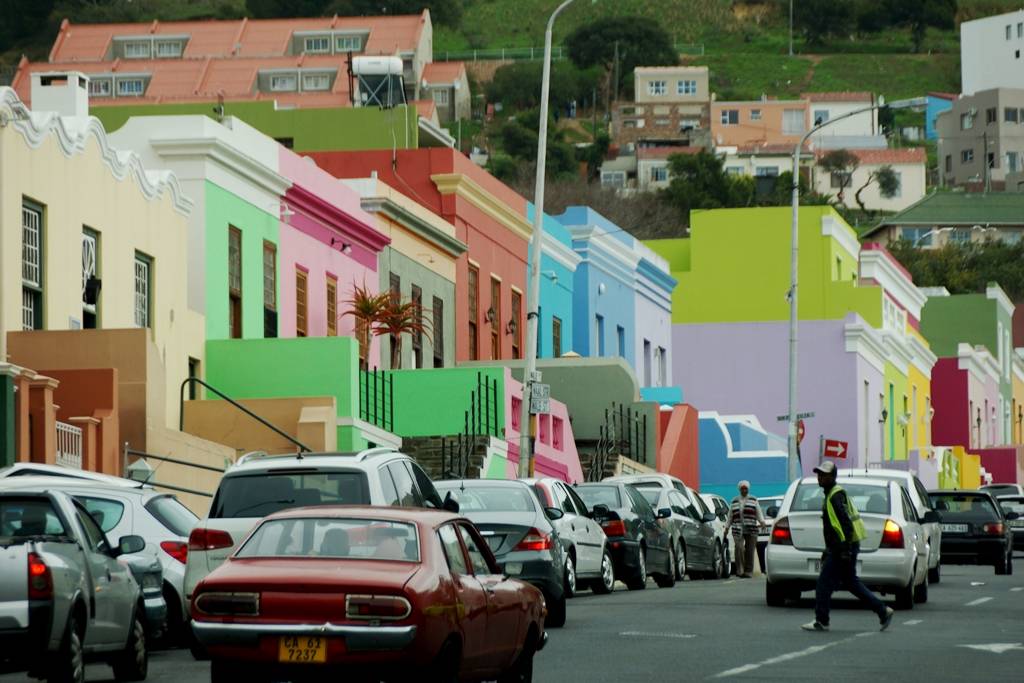 ong before I drank my first cup of coffee from that mug Ishmael drove me to the airport. He was happier about it than I was. His job is to convey people between where they are, and where they want to be. My job is to engage people and places and understand who they are and convey to you all that is important to you in making travel decisions. In doing so I become attached to places and people. On this trip there were so many, and Ishmael, as we drove down that freeway to the airport, represented all the many good people I'd met on this trip. Maybe all I would never see again.
ong before I drank my first cup of coffee from that mug Ishmael drove me to the airport. He was happier about it than I was. His job is to convey people between where they are, and where they want to be. My job is to engage people and places and understand who they are and convey to you all that is important to you in making travel decisions. In doing so I become attached to places and people. On this trip there were so many, and Ishmael, as we drove down that freeway to the airport, represented all the many good people I'd met on this trip. Maybe all I would never see again.
And I found a trolley for my luggage. I found the check-in lane I needed. I found my gate. I was an ho
ur early. I found a table, I found a beer. I opened it, I opened my laptop, and I began to write about one of the most incredible 8 days of my life.

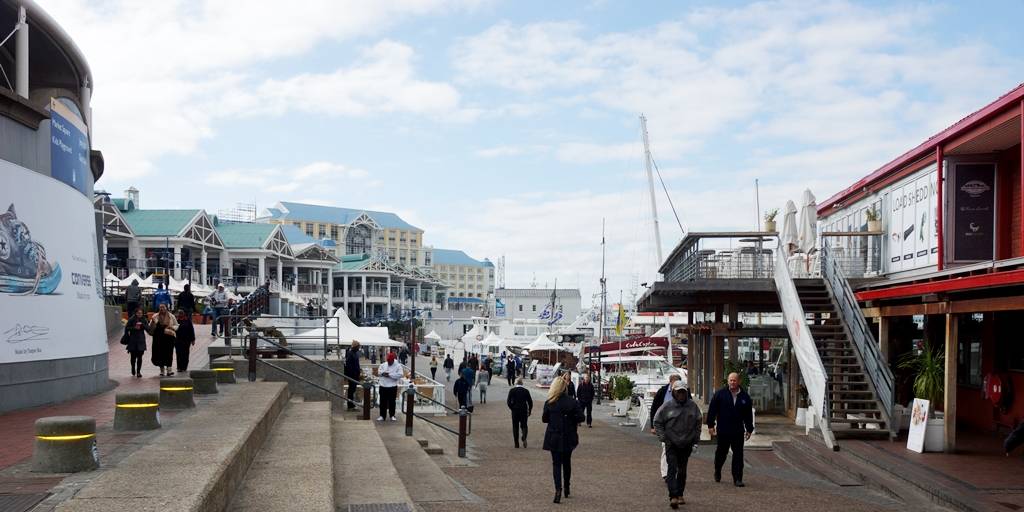
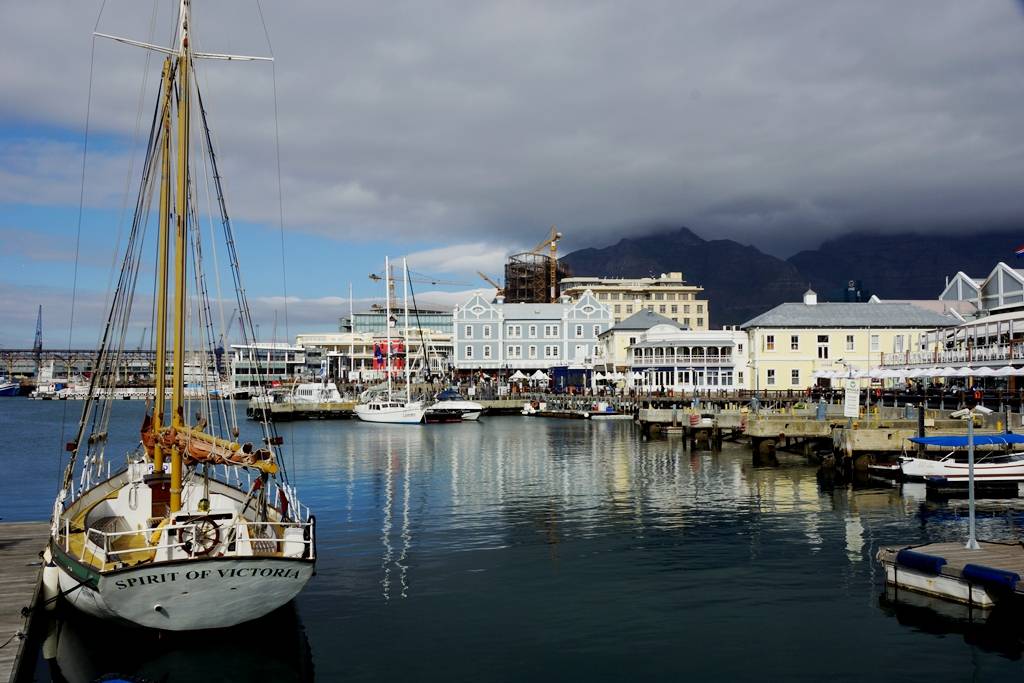
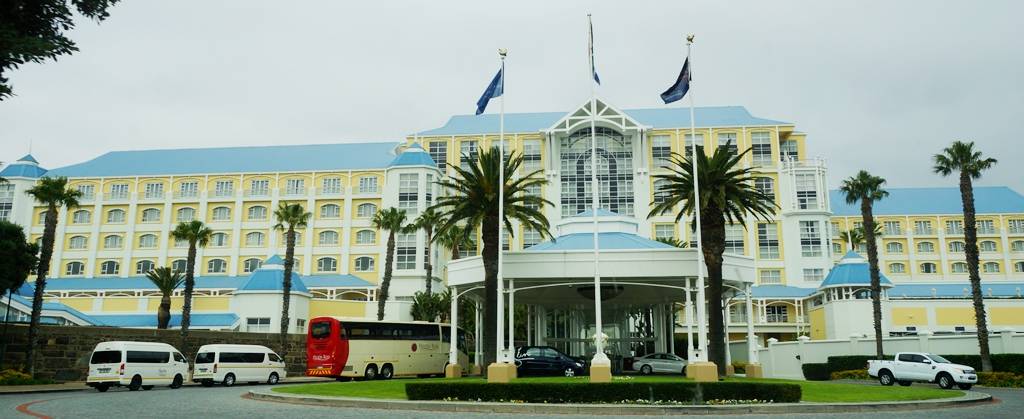
Table Bay Resort
www.suninternational.com
Kirstenbosch
South African National Biodiversity Institute
www.sanbi.org/gardens/kirstenbosch
District 6 Museum
www.districtsix.co.za
South Africa Museum
www.iziko.org.za
Willoughby & Co
www.willoughbyandco.co.za














